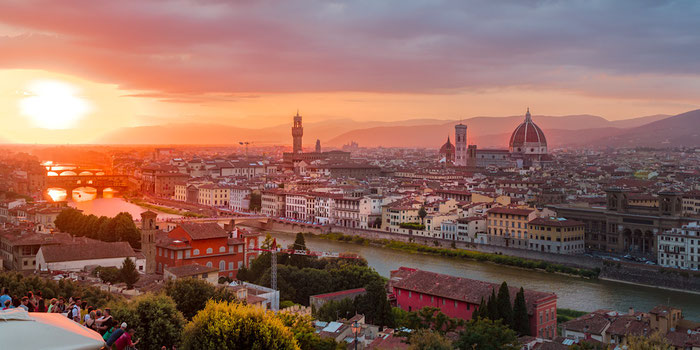Anyone who visits Italy can tell you that she casts a spell over you - a spell of romance, of fantasy, of decadence, and awe.
While studying fine art, I fondly remember my art history classes and loved learning about the artists of that time and the stories behind the masterpieces.
Some classics I studied then have always been personal favorites of mine - fascinating, beautiful things that demand attention.
They can be found at one of the most prestigious, most visited, and one of the oldest art galleries in Italy, the Uffizi, located right in the heart of Florence, the very birthplace of the Renaissance itself.
"You may have the universe if I may have Italy."
Guiseppe Verdi
the birth of venus
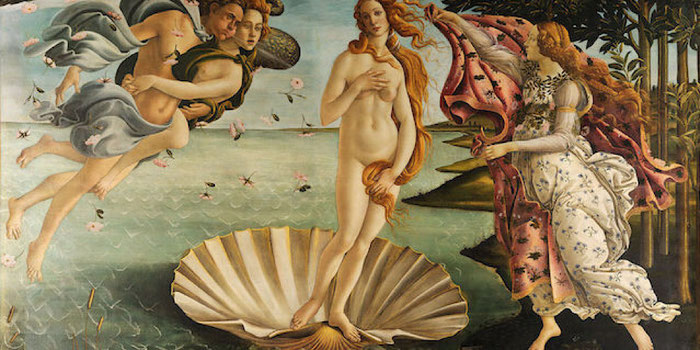
My all-time favorite, and arguably the most famous piece in the museum is The Birth Of Venus, painted by Sandro Botticelli, and commissioned by the Medici all the way back in the 1480s.
It's so incredibly unique because it's a massive painting, at 6 by 9 feet, painted on canvas instead of wood, and with fine alabaster powders.
Thought to be based on a Homeric hymn, The Birth of Venus is interpreted to be the birth of love itself, born in a shell at sea, and arriving on shore to give life and love to the world, and accompanied by Zephyr and Horae, gods of wind and seasons.
And what makes this piece so intriguing to look at is that is that it realistically don't make sense.
Her torso and neck are unnaturally elongated, her pose doesn't support her body weight, and she has no shadow.
It's purposely extra fantastical and I believe this symbolizes the fantasy of love itself.
Even the smallest of details help write the story, such as the violet flowers, since violets were considered romantic and were used in love potions.
However, the sheer nudity of Venus was the most shocking aspect of the artwork, ultimately introducing the new radicalism the Renaissance era had sparked.
la primavera
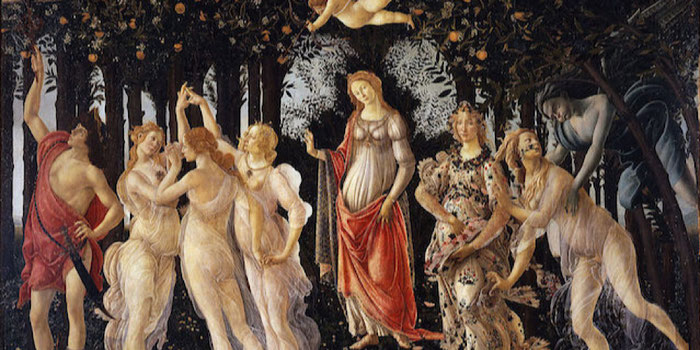
Another by Botticelli is a piece entitled La Primavera, or the Allegory of Spring, and also commissioned by the Medici just a few years later.
It is thought to be a sequel or companion to The Birth of Venus.
In the first, Venus is seen as newborn with flowers just starting to bloom, and then mature and clothed in the second, surrounded by a lush, fecund forest full of hundreds of types of flowers.
This piece is also often interpreted to show Venus as a vessel of goodwill to man, balancing materialism and spirituality.
venus of urbino
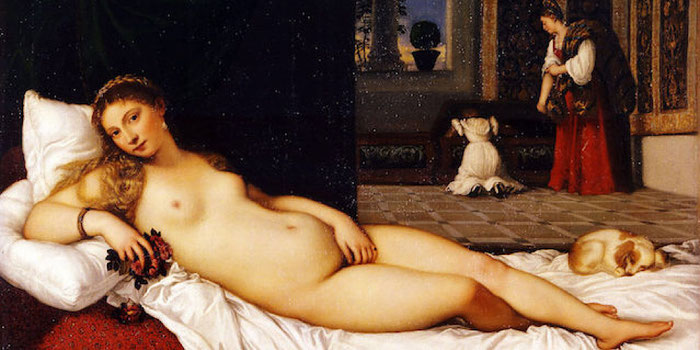
Venus also appears in this piece, Venus of Urbino by Titian, or Tiziano Vecelli, in 1538.
It's thought that here she is a married woman, secure in her femininity and sexuality, while also subtly displaying her perceived marital duties, such as the dog at the bottom of the bed and the woman watching over the child in the background.
Or, it's simply one man's view of what he wishes his wife to be, since it was actually a gift given by the Duke of Urbino to his new young wife.
annunciation

The Annunciation is a collaborative painting done in the 1470s by Leonardo da Vinci and Andrea del Verrocchio, depicting a more classic religious theme, the angel Gabriel telling the virgin Mary she was with child.
Interesting details in this piece include the angel holding a Madonna lily, a symbol of Florence, and the face of the angel himself, resembling da Vinci's most famous face, the Mona Lisa.
medusa
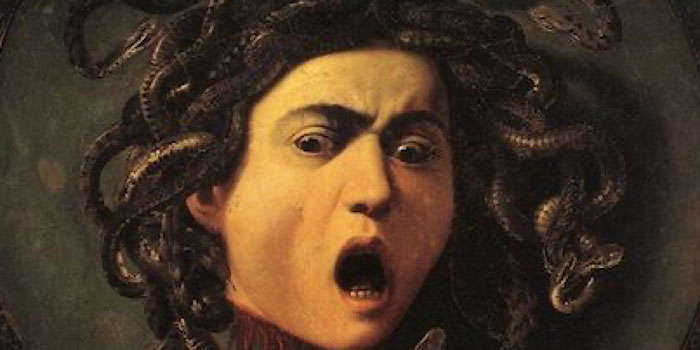
And lastly, this gothic shocker, Medusa by Caravaggio, or Michelangelo Merisi da Caravaggio, was yet another rebellious image of the time.
Medusa, from Greek mythology, is portrayed as a severed head with snakes for hair, blood spewing from her freshly decapitated neck, and a look of absolute horror on her face that really does make you feel that you will turn to stone just from looking at it.
Visit uffizi museum

The city of Florence, and its museums, are all marvels in themselves that, like most things in Italy, deserve time to be fully admired and appreciated, and that's why it's such a popular tourist spot.
The Uffizi Gallery Museum has over 45 massive halls to full of treasures to explore. Built in 1584, Uffizi, meaning 'offices', was a building originally designed for meeting rooms and never actually intended to be a museum, so its modern 10K+ a day visitor load can be a tad overwhelming.
There are queues to wait in, metal detectors to go through, and flights of stairs to navigate, so to avoid total chaos, they only admit people in timed 15 minute intervals.
So, save time and plan ahead. Streamline everything from identifying must-sees to mapping your route to booking museums in Florence to skip the lines and
save precious time that could be spent marveling masterpieces instead of the people ahead of you in line.
That way you can wander, wonder, relax, eat, and enjoy the dolce far niente!

